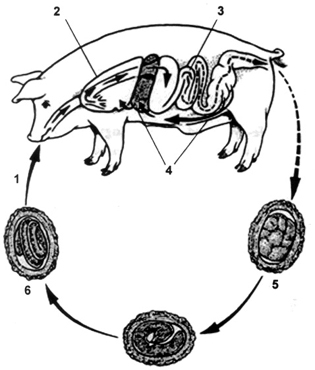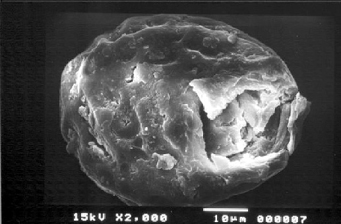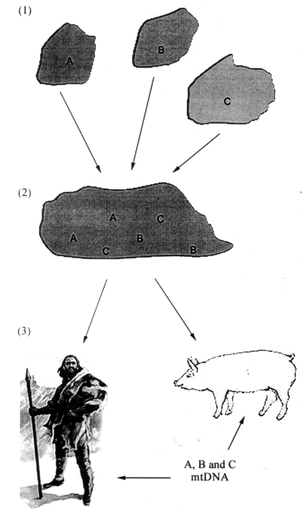The nematode parasite Ascaris lumbricoides infects the digestive tracts of over 1.4 billion people worldwide, and its sister species, Ascaris suum, has infected a countless number of domesticated and feral pigs. It is generally thought that the putative ancestor to these worms infected either humans or pigs, but with the advent of domestication, they had ample opportunity to jump to a new host and subsequently specialize and evolve into a new species. While nuclear DNA markers decisively separate the two populations, mitochondrial sequences reveal that three major haplotypes are found in A. suum and in A. lumbricoides, indicating either occasional hybridization, causing introgression of gene trees, or retention of polymorphism dating back to the original ancestral species. This article provides an illustration of the combined contribution of parasitology, archaeoparasitology, genetics and paleogenetics to the history of ascariasis. We specifically investigate the molecular history of ascariasis in humans by sequencing DNA from the eggs of Ascaris found among ancient archeological remains. The findings of this paleogenetic survey will explain whether the three mitochondrial haplotypes result from recent hybridization and introgression, due to intensive human-pig interaction, or whether their co-occurrence predates pig husbandry, perhaps dating back to the common ancestor. We hope to show how human-pig interaction has shaped the recent evolutionary history of this disease, perhaps revealing the identity of the ancestral host.
Ascaris; Ancient DNA; archaeoparasitology; Ascaris suum; Ascaris lumbricoides




